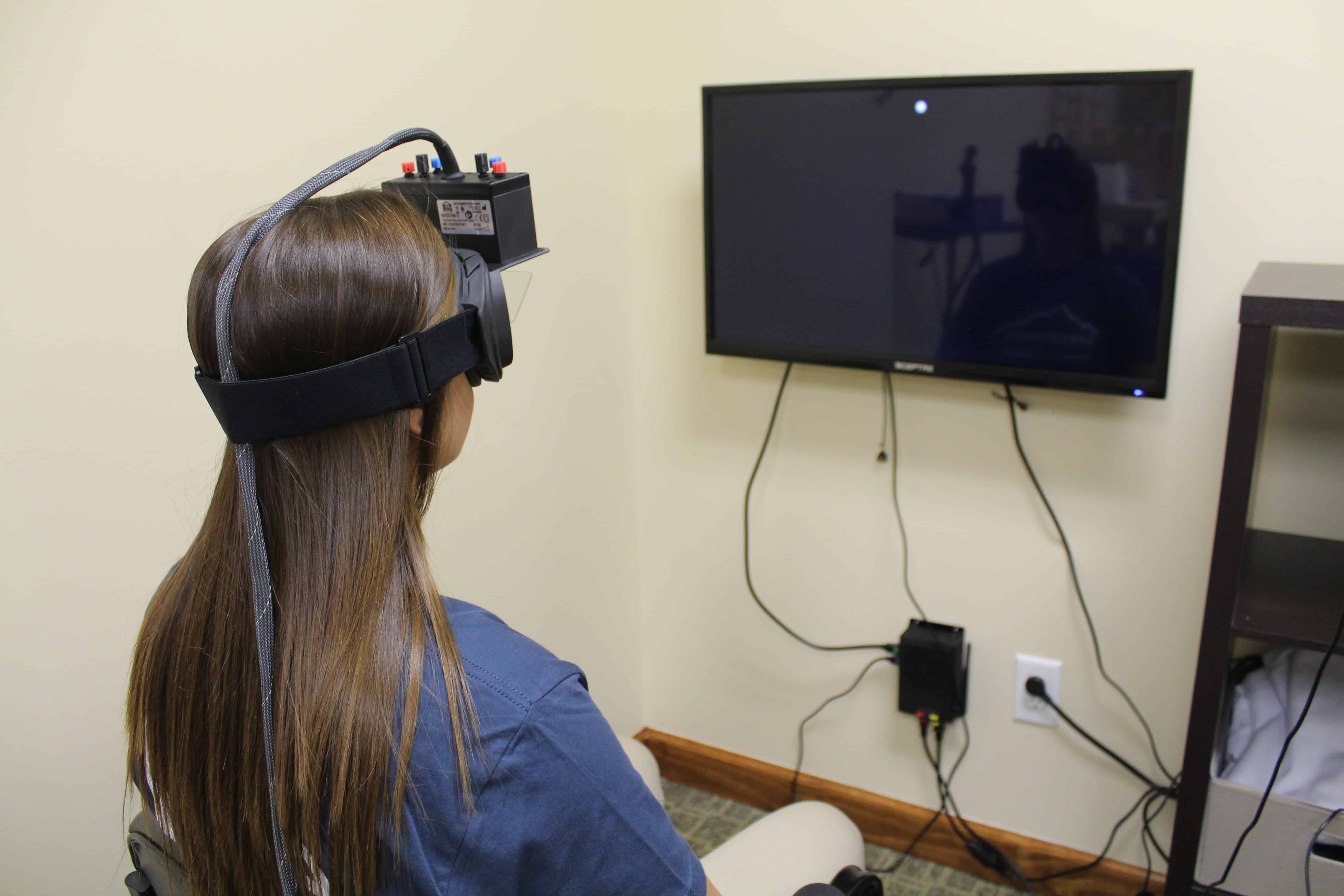
By Beth Hall, MPT, Cert. MDT, CEAS Regional Manager
ApexNetwork Physical Therapy – Glen Carbon, IL clinic
Dizzy, woozy, nauseated, spinning, floating, off-balance, motion sensitive; what do all of these words have in common? They are all terms associated with vestibular (inner ear) dysfunction. According to studies from the National Institute of Health (NIH), an estimated 90 million Americans (42% of the current population) will complain to their provider of these symptoms at least once in their lifetime. Approximately, 6 million Americans annually seek medical help due to vertigo or balance problems.
So, what is the vestibular system? The vestibular apparatus is found in the inner ear, and its components detect the position and motion of the head. It is important for coordination of head, eye and body movements. The most common causes of vestibular dysfunction include, but are not limited to, cold viruses, head injury (concussion), whiplash and aging. When the vestibular system is impaired, some or all of the aforementioned symptoms may arise. As one may imagine, any combination of these symptoms is likely to significantly affect the individual’s lifestyle.
Due to the impact on day to day activities, individuals often seek medical attention as a result of these symptoms. Healthcare providers may prescribe medications (Meclizine or Antivert) to reduce dizziness, but these medications cause drowsiness and are not a cure for the condition. For this reason, the preferred method of management is physical therapy. Physical therapists treat dizziness/vertigo by several methods that depend on each patient’s individual presentation.
The most remarkable improvement with physical therapy is seen in patients who present with Benign Paroxysmal Positional Vertigo (BPPV). BPPV is a condition in which a calcium carbonate crystal becomes free floating in one of the three semicircular canals of the inner ear. Physical therapists use a sequence of changes in head position to move the crystal out of the canal, thereby, eliminating the sensation of dizziness. Positional maneuvers result in resolution of vertigo in 80-90 percent of patients in 1 to 3 visits.
In instances in which there has been trauma, such as concussions or whiplash injuries, physical therapists multiple approaches to reduce the patient’s vertigo and, in some cases, pain. These patients require thorough evaluation to determine if the symptoms stem from the inner ear, neck, brain or other possible sources. Depending on the findings, the patient may be treated with balance activities, neck exercises, gaze stabilizing activities or habituation exercises (or some combination of all of these techniques). Gaze stabilizing exercises facilitate improvement of visual tracking, such as with reading or trying to focus the eyes. Habituation activities involve movements or positions that reproduce dizziness so as to encourage the vestibular system to reduce its response to them.
Videonystagmography (VNG) is a method used by physical therapists to evaluate patients with dizziness/vertigo to allow them to better identify the root of the deficits. VNG consists of a battery of 18 tests including the use of a balance platform, infrared goggles and calorics. The balance platform helps to identify directional deficits, which is helpful when falls are a part of a patient’s history. Infrared goggles are utilized to assess reflex activity related to the eyes and inner ear. Finally, calorics employ warm and cool air blown into the ear to determine if there is a greater deficit on one side versus the other. The information gleaned from this series of tests allows the therapist to focus treatment in the areas of the greatest identified deficits.
Apex Network Physical Therapy offers VNG services at three locations including Frontenac, Maryville and Effingham. Patients are tested at one of these clinics, but treatment may be continued at the Apex clinic that is most convenient to them.
